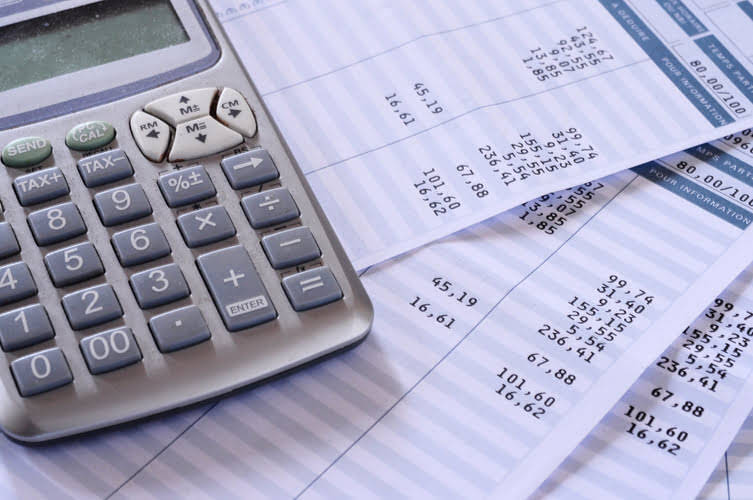Your cart is currently empty!
2 4: The Basic Accounting Equation Business LibreTexts

Thus, equity is not only a critical component of the accounting equation but also an essential indicator of a company’s financial health and operational effectiveness. By understanding how equity integrates within the larger framework of the accounting equation, stakeholders can gain valuable insights into the company’s net worth and sustainability. Owner contributions, also known as capital contributions or investments, further enhance the equity section of the accounting equation. As you can see, no matter what the transaction is, the accounting equation will always balance because each transaction has a dual aspect.
- CFI is the global institution behind the financial modeling and valuation analyst FMVA® Designation.
- Additionally, a solid understanding of the accounting equation can enhance strategic decision-making.
- The accounting equation is a concise expression of the complex, expanded, and multi-item display of a balance sheet.
- It represents the total profits that have been saved and put aside or “retained” for future use.
- When a company is profitable, retained earnings increase, thereby boosting equity; conversely, losses can decrease equity, signaling potential financial difficulties.
- This interplay is critical; when assets outweigh liabilities, it signifies a financially sound operation.
- Analysts rely on this equation to evaluate various aspects of a business, including its liquidity, operational efficiency, and overall stability.
What about drawings, income and expenses?

In other words, we can say that the value of assets in a business is always equal to the sum of the value of liabilities and owner’s equity. The total dollar amounts of two normal balance sides of accounting equation are always equal because they represent two different views of the same thing. Moreover, equity is not static; it fluctuates with the ebbs and flows of business performance. When a company is profitable, retained earnings increase, thereby boosting equity; conversely, losses can decrease equity, signaling potential financial difficulties.
Assets

Financial analysts also apply the accounting equation to assess capital structure and operational efficiency. By closely monitoring changes in the accounting equation assets liabilities, it is possible to identify trends that may impact business decisions and strategic planning. Ultimately, the accounting equation is Interior Design Bookkeeping an essential framework that provides a comprehensive view of a company’s financial landscape.
What Are the 3 Elements of the Accounting Equation?

During the month of February, Metro Corporation earned a total of $50,000 in revenue from clients who paid cash. Cash the accounting equation may be expressed as (asset) will reduce by $10 due to Anushka using the cash belonging to the business to pay for her own personal expense. As this is not really an expense of the business, Anushka is effectively being paid amounts owed to her as the owner of the business (drawings).
- This equation is fundamental in understanding a company’s financial position.
- It’s vital for businesses to manage current liabilities effectively because they affect liquidity.
- Metro Courier, Inc., was organized as a corporation on January 1, the company issued shares (10,000 shares at $3 each) of common stock for $30,000 cash to Ron Chaney, his wife, and their son.
- This measure directly reflects the company’s profitability over time and indicates how effectively management has utilized profits to grow the business.
Individual transactions which result in income and expenses being recorded will ultimately result in a profit or loss for the period. The term capital includes the capital introduced by the business owner plus or minus any profits or losses made by the business. Profits retained in the business will increase capital and losses will decrease capital.

Understanding the Accounting Equation: Assets and Liabilities Explained

The accounting equation is based on the premise that the sum of a company’s assets is equal to its total liabilities and shareholders’ equity. It’s a core concept in modern accounting that provides the basis for keeping a company’s books balanced across a given accounting cycle. In above example, we have observed the impact of twelve different transactions on accounting equation. Notice that each transaction changes the dollar value of at least one of the basic elements of equation (i.e., assets, liabilities and owner’s equity) but the equation as a whole does not lose its balance. All assets owned by a business are acquired with the funds supplied either by creditors or by owner(s).

Leave a Reply